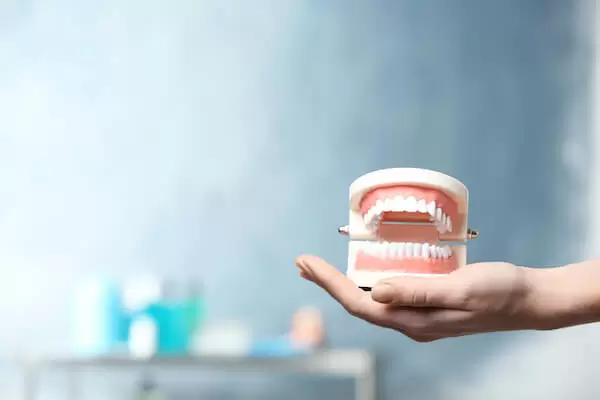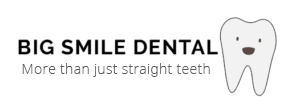
When you experience a toothache, what do you do? Ignore it and hope it goes away soon enough? While that may work for the short-term, that subtle toothache might be an early warning of something insidious—cavities. And when the pain gets too much for you to bear, you’ll likely have to go to the dentist for an extraction or root canal treatment.
But what exactly are cavities, and how do they occur?
Cavities are tiny holes in the surface of teeth caused by tooth decay. It happens when bacteria on the surface of teeth produce acid out of the sugar and starches left behind from your meals. Bacteria that is left undisturbed on your teeth form a sticky film that’s known as plaque. The acid demineralizes the enamel coating on your teeth, gradually eroding into the dentin layer underneath, which results in a cavity.
Who’s at risk?
You’re mistaken if you assume that cavities only happen to younger kids who’ve eaten one too many sweets. Older adults are just as susceptible to cavities. After all, teeth wear down over time, and gums may start receding, making your teeth more vulnerable to decay if the tooth roots are exposed. If you have to take medication frequently or if you take multiple prescription drugs, this may reduce saliva flow, increasing your risk as well.
That doesn’t mean that everyone else is safe. If you love eating foods that cling to your teeth for a long time—like ice cream, honey, soda, cookies, and candies for instance—you’re at a higher risk as well. Frequent snacker? Love sugary drinks? Don’t brush your teeth enough? You will put yourself at risk of tooth decay.
Even if you have your ceramic braces or clear braces on, it doesn’t mean that cavities can’t form around them. In fact, since the orthodontic brackets and wires make maintaining dental hygiene more difficult, braces actually increase your risk of tooth decay. Other tell-tale signs of a higher risk of dental caries include a dry mouth and bad breath.
Useful prevention tips
1. Brush your teeth with fluoride toothpaste after meals
Fluoride is essential in cavity prevention since it remineralizes enamel, preventing the early stages of tooth decay. To strengthen the weak spots and exposed roots in your teeth, be sure to brush your teeth with a fluoride toothpaste at least twice a day. Ideally, you should be doing so after every meal.
2. Effective combined treatments
Consider chewing xylitol-sweetened gum and using an antibacterial rinse to help minimize your risk of developing cavities. Xylitol gum has long been proven to reduce levels of harmful bacteria in the mouth while also strengthening teeth.
Similarly, antiseptic mouthwashes help to prevent decay by inhibiting plaque build-up around teeth. Both come with the added benefit of a fresh-smelling, minty breath!
3. Visiting a dentist
Many dental problems can develop and worsen over time with you being none the wiser to it, especially without any obvious symptoms or pain. Seeing a dentist regularly allows you to prevent potential problems and spot them early on. Early diagnosis makes for easier—and cheaper treatment.
Treatment for cavities include fluoride treatment, fillings, crowns, root canal teatment and tooth extraction in the worst case. Fluoride gel treatment contain more fluoride than off-the-shelf products, while fillings are indicated for cases where the cavity has progressed beyond the enamel layer.
Crowns can also be custom made to fit over the tooth for extensive decay that has taken place. A root canal may be necessary in the event of the tooth decay spreading to the inner core of the teeth. Lastly, in the worst case scenario, your dentist may decide to extract a severely decayed tooth.
Given how much your braces cost, you, and even if they were affordable braces, you’re unlikely to want to fork out more to treat your cavities—and have to go through the hassle of removing and putting your braces back on for this. So make sure to take good care of your oral health!
